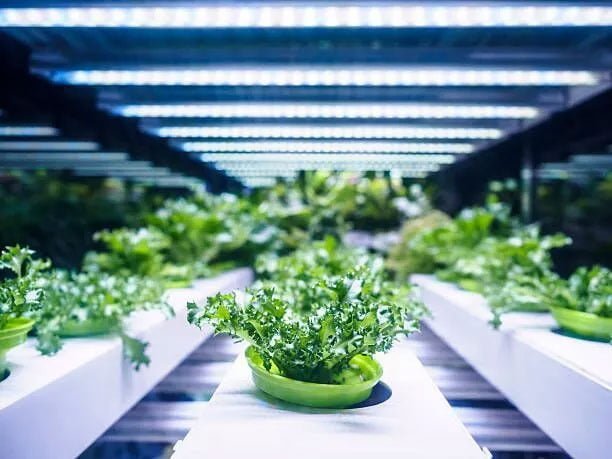Grow light LED drivers are a critical component of indoor gardening systems, providing the necessary power to LED lighting fixtures. The development of grow light LED drivers has seen significant advancements in recent years, with the industry focused on improving efficiency, increasing power density, and enabling advanced features such as spectral tuning, energy reporting and wireless connectivity. Here we list some of the developing trends in grow light LED drivers:
1.Improved efficiency: One of the key trends in grow light LED driver development is improved efficiency. High-efficiency drivers are essential for reducing energy consumption, reducing heat generation, and increasing the lifespan of the lighting system. Manufacturers are exploring new power conversion topologies, such as resonant converters and active power factor correction, to improve efficiency.
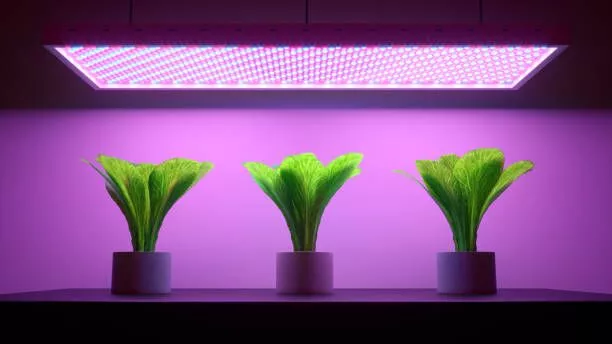
2.Higher power density: The demand for high-intensity LED grow lights has increased in recent years, requiring drivers that can handle higher power densities. Advances in power electronics and packaging technology have allowed for the development of compact and highly efficient drivers with high power density, enabling the creation of brighter and more efficient grow lights.
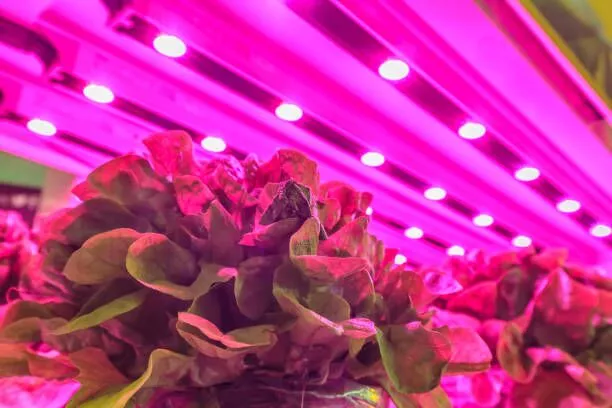
3.Spectral tuning: Spectral tuning is an emerging trend in grow light development, allowing users to adjust the light spectrum for specific plant growth periods. By adjusting the spectrum of light, users can optimize plant growth and yield, as well as alter the appearance and flavor of plants. Manufacturers are requiring multiple output LED drivers that can support spectral tuning through the use of multiple LED channels and advanced control algorithms.
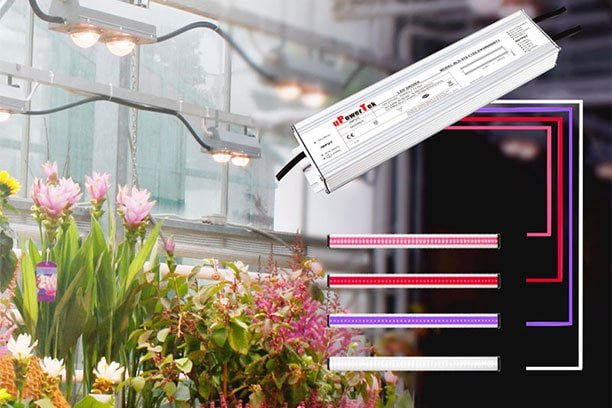
4.Wireless connectivity: Grow light LED drivers are increasingly being equipped with wireless connectivity options to replace the wired connectivity, allowing users to control and monitor their lighting systems remotely. By connecting to the internet, users adjust the lighting schedule, monitor performance, and receive alerts in case of a fault or malfunction. End users are using wireless connectivity for advanced features such as real-time adjustment, monitoring, energy management, and statistics.
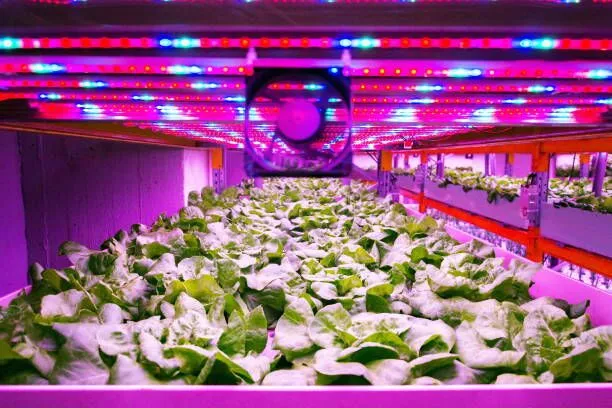
5.Advanced control features: Grow light LED drivers are being equipped with advanced control features, such as dimming, color control, and timed light cycles. These features enable users to optimize the lighting schedule for different growth stages and achieve specific plant growth and yield goals. Manufacturers are developing drivers with advanced control algorithms and user-friendly interfaces to make it easy for users to adjust the lighting system as needed.
6.Integration with smart home systems: Grow light LED drivers are being designed to enable users to control their lighting system through voice commands or mobile apps. Integration with smart home systems provides extra convenience and allows users to easily manage their lighting system with other smart home devices.
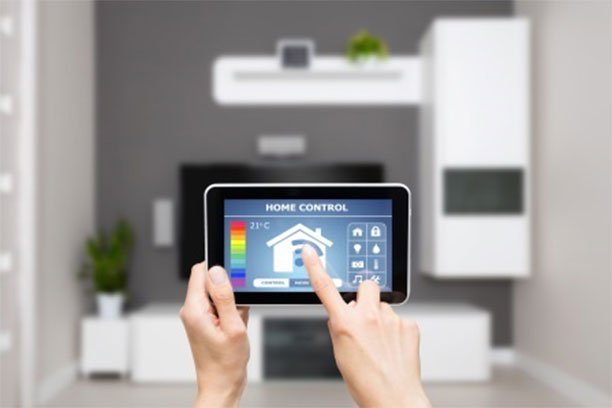
Generally speaking, the development of grow light LED drivers is focused on improving efficiency, increasing power density, enabling spectral tuning, wireless connectivity and advanced control features, and integrating with smart home systems. These advantages are driven by the demand for more efficient and effective indoor gardening systems that can optimize plant growth and yield while reducing energy consumption and environmental impact. As the industry continues to develop, we can expect to see further advancements in grow light LED driver technology.

